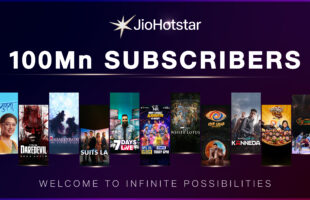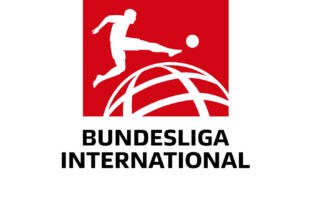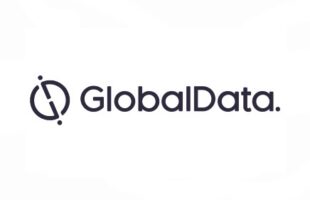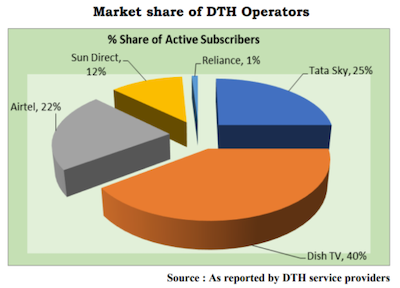
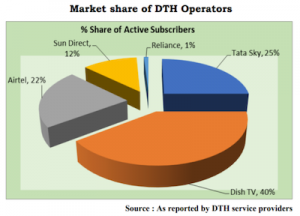 As of 31 March 2019, there were 1,469 multi system operators (MSOs) registered with India’s Ministry of Information and Broadcasting (MIB).
As of 31 March 2019, there were 1,469 multi system operators (MSOs) registered with India’s Ministry of Information and Broadcasting (MIB).
“The country achieved 100% digitisation of cable TV network. This is a stupendous achievement making India as the only large country where 100% digital cable has been achieved through mandatory regulations,” said TRAI in its last Indian Telecom Services Performance Indicators report.
TRAI figures also show that since 2003, direct-to-home (DTH) TV services in India have “displayed phenomenal growth”. During the quarter ending 31 December, 2018, there were five pay DTH service providers in the country: Dish TV, Tata Sky, Airtel Digital TV, Sun Direct and Reliance.
A total number of 902 private satellite TV channels have been permitted by the Ministry of Information and Broadcasting (MIB) for uplinking only/downlinking only/uplinking and downlinking both, as of the end of March 2019.
There were also 328 pay channels recorded at the end of the same quarter, which include 229 standard definition (SD) pay-TV channels and 99 high definition (HD) pay-TV channels.
MIB’s new regulatory framework for broadcasting and cable services also came into effect during the quarter. The framework, which dates from the end of December 2018, comprises of Tariff Order 2017, Interconnection Regulations 2017 and Quality of Service & Consumer Protection Regulations 2017.
As per the Tariff Order, every broadcaster in India now has to offer all its channels on a-la-carte basis to all distributors of television channels and declare maximum retail price, per month, payable by a subscriber for each of its pay channel offered on a-la-carte basis. It is also permissible for a broadcaster to offer its pay channels in the form of bouquet and declare the maximum retail price, per month, of such bouquet payable by a subscriber.



